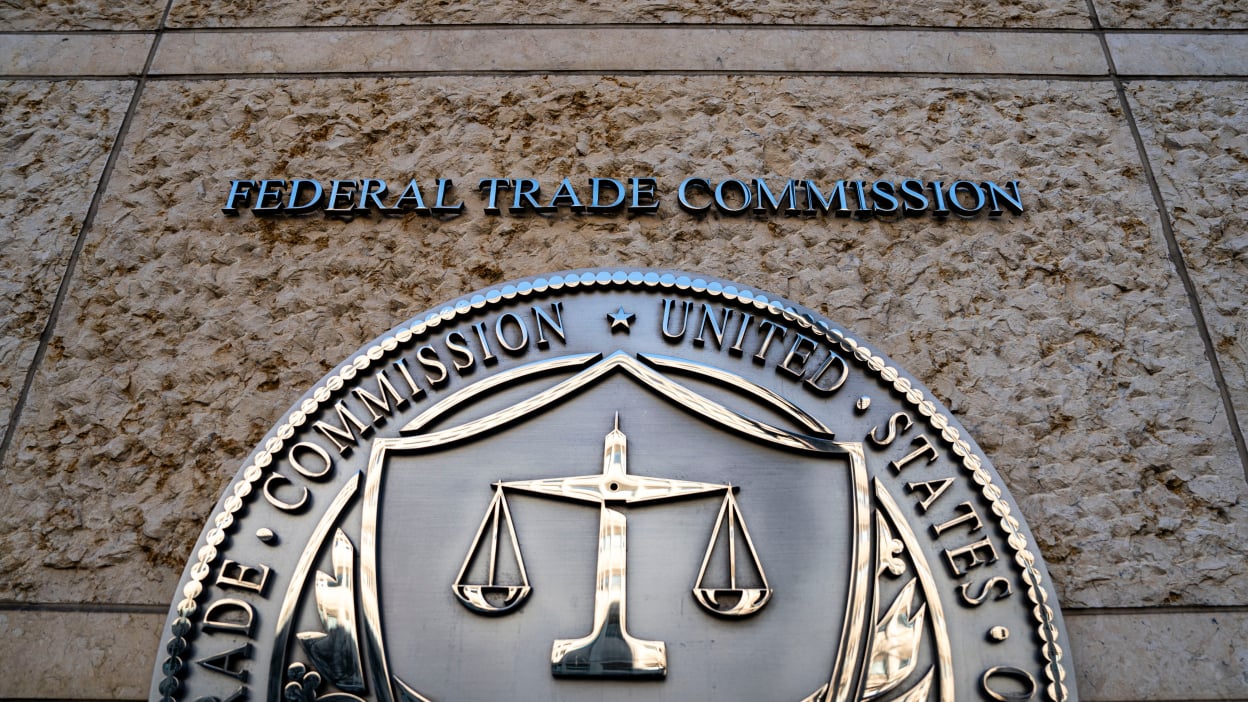
(Source)
In April 2024, the Federal Trade Commission promulgated a non-compete rule, which banned most non-compete agreements in the United States. The rule also made existing non-competes unenforceable. The rule applies to all “workers,” which, in this case, includes employees, independent contractors, interns, and volunteers. Existing contracts for senior executives (which constitute less than one percent of non-competes) remain in place under the rule, but those employees cannot enter into new non-competes. Although this rule had gone through a notice-and-comment process, it still sparked a lot of debate and controversy and is currently being examined by courts nationwide; the rule was recently struck down in a federal court in Texas. That decision is being appealed to the Fifth Circuit. The rule aims to balance freedom of contract rights (on the part of employers) and worker mobility. Still, many critics argue the FTC did not have the power to promulgate this rule, as it strays too far from its authority under the Federal Trade Commission Act (FTCA).
The FTC was created in 1914 as a reaction to vertical and horizontal integration, which led to the formation of monopolies and trusts. The main purpose of the FTC is to prevent deceptive practices and to prevent unfair methods of competition. The FTC can do this through promulgating rules. Through time, the application of “unfair methods of competition” has changed—the FTC went from antitrust regulation to creating other rules that address consumer protection.
Agencies can promulgate two types of rules: procedural rules and substantive ones. An agency promulgates a substantive rule when that rule (1) “imposes a right or obligation” and (2) “genuinely leaves the agency and its decision-makers free to exercise discretion.” Recent case law and statutory interpretation from the Supreme Court emphasize that Congress must explicitly give agencies the power to engage in substantive rulemaking. The non-compete rule is a substantive rule, as it imposes a right onto workers to leave their employment contracts and imposes an obligation on employers to refrain from entering into (or enforcing) such contracts.
A basic reading of the FTCA and an analysis of the congressional record when creating the Act show that it is unclear whether Congress intended for the FTC to be able to promulgate substantive rules that are meant to prevent “unfair methods of competition.” This is for a few reasons. Firstly, the FTCA never defines what “unfair methods of competition” means,” so it is unclear whether regulation of non-compete agreements falls into that category. The FTCA ignores “unfair methods of competition” but does define “deceptive practices,” which is the other goal of the act. Therefore, it is unclear whether the rule would fall under what Congress intended for the FTC to be able to do.
Because the grant of statutory authority is so unclear, in this case, the non-compete rule violates the major questions doctrine. That doctrine states that in “extraordinary” cases, where the “history and the breadth of the authority that [the agency] has asserted” and the “economic and political significance” of that assertion is present, courts should hesitate before concluding that Congress meant to give the agency such authority. This defense has been brought up in many instances: to strike down an OSHA rule forcing COVID-19 vaccines in the workplace, the FDA’s controlling of production and labeling of Tobacco, and the EPA’s plan to force electricity plants away from certain types of production of electricity. Here, because the agency was not given explicit and clear authority, and because the non-compete rule affects so many Americans in the workforce, the Fifth Circuit (and other courts) will hesitate before concluding the FTC had the authority to promulgate this rule.
Firstly, a rule violates the major questions doctrine when the agency acts on a matter that is of “earnest and profound debate.” In this case, similar to NFIB v. OSHA, the FTC has been regulated in an area that many states have already legislated. Forty-six states already have laws limiting or banning non-competes and have gone through robust debates via State Congress to pass those laws. Allowing the FTC to then legislate here would be an inappropriate allocation of power, especially given the already murky grant of power given to them by Congress.
Secondly, an agency’s rule will violate the major questions doctrine when the agency’s regulation affects a significant portion of the American economy. This rule affects all “workers”, including independent contractors, interns, and volunteers, and does not specify enforceability for certain occupations. Thus, the rule affects about 30 million Americans, which is close to 20 percent of the current workforce. So, there is truly an argument that this area is too broad and too economically important for the FTC to regulate with unclear authority.
It is clear this is a major questions issue, but even if the rule is changed to be more narrow and less economically important, there still might be concerns with its enforceability. The Supreme Court has been trending away from allowing agencies to regulate in areas where they have unclear authority, as seen in West Virginia v. EPA. If the pending decision in the Fifth Circuit is ultimately appealed to the Supreme Court, the FTC rule will likely be struck down.
It is also likely that leadership within the FTC itself will change before a judicial decision is made on the rule. The FTC is an independent agency, meaning its head cannot be fired by the President (without cause); the FTC also employs a staggered term system with the appointment of the head of the agency. In addition, the FTC is an independent agency; it does not have to listen to executive orders from the President. Nevertheless, the current President has issued an Executive Order that independent agencies still have to listen to him, and the President has fired the chairman of the NLRB (another independent agency).
With the current political climate, there is no way to predict how the FTC’s rule will pan out. Two pathways are likely. If the leadership will change, the rule will be stricken down. If the Fifth Circuit hears the case and decides that the rule is within the FTC’s rulemaking power, the rule will likely exist for only a few more years until the FTC’s commissioners stagger out of their positions. Either way, the fate of the rule is completely unknown, and it will be interesting to keep an eye on the administrative law space during the evolutionary time.
Suggested Citation: Shaina Zargari, To Be or Not to Be: The FTC’s Non-Compete Rule in the Current Landscape, Cornell J.L. & Pub. Pol’y, The Issue Spotter, (Apr. 11, 2025), https://jlpp.org/to-be-or-not-to-be-the-ftcs-non-compete-rule-in-the-current-landscape/.


